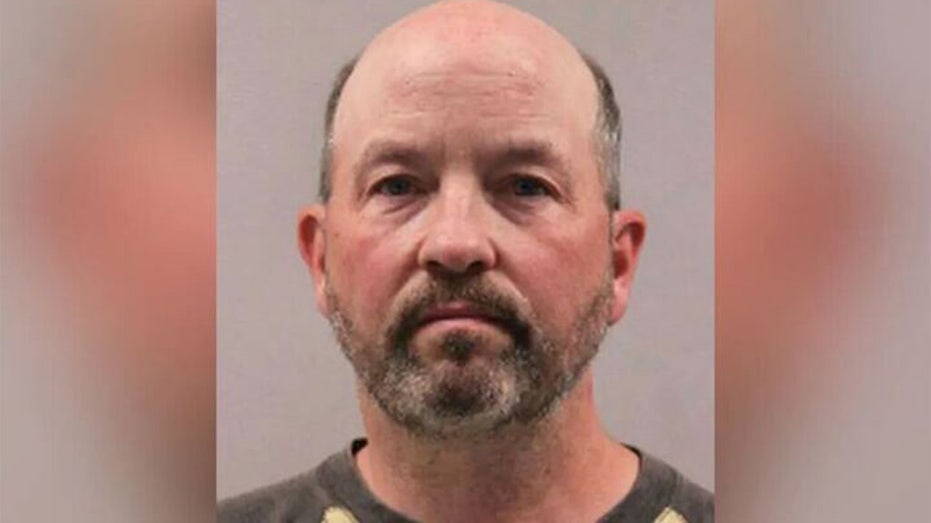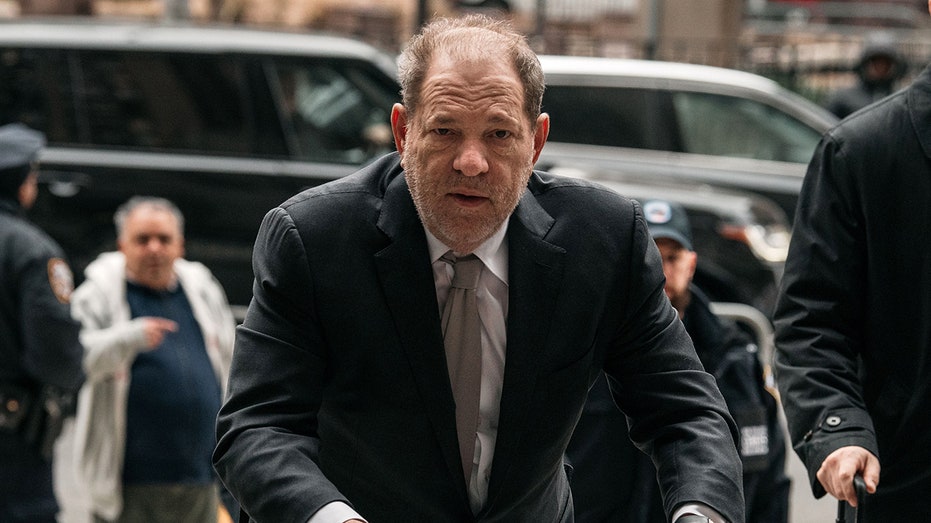At eighty-one years of age, Paul Simon is still producing the most interesting music of his career. That makes over six decades of Simon’s impact on the popular music consciousness—from his earlier days as an Everly Brothers-inspired double act with collaborator/nemesis Art Garfunkel to his branching out into world music. Now, in his twilight years, he’s released a nearly forty-minute-long album, all one track, called Seven Psalms, a sermon delivered via plaintive guitar and his own soft whisper of a voice.
His body of work is as huge as the man is short, so it makes sense that a documentary spanning his career would stretch well past the three-hour mark. But for fans of Simon, Alex Gibney’s two-part doc “In Restless Dreams: The Music of Paul Simon” should serve as a healthy diagnostic on a pop music icon—comprehensible, digestible, and chock-a-block with more than a half century of the man’s stamp on pop culture. It’s his “Eras Tour,” basically.
Framed largely around the recording sessions he conducted in 2021 for Seven Psalms at his studio in Wimberly, Texas, “In Restless Dreams” zips back frequently to let Simon reflect on the various moments of his career. (Suffice to say, Paul Simon has to think about his entire life before he plays.) It’s in these stretches that Gibney, a veteran documentarian who normally handles more politically prescient material (“Enron: The Smartest Guys in the World,” “Totally Under Control”), breezes casually through the usual mix of interviews, narration, and archival footage of Simon’s relatively uncontroversial career.
This isn’t to say Simon’s career hasn’t been a rocky one, as Gibney makes clear (though frustratingly refuses to explore deeply). A good bit of the doc’s first episode—which Gibney cheekily dubs “Verse One”—details Simon’s early collaborations with, then bitter feuds, with Garfunkel, a close childhood friend who becomes a bitter creative partner. Then, his solo career (and life) stumbles more than a few times, from his attempt to follow Garfunkel in front of the camera in the 1980 flop “One Trick Pony” to the accusations of “cultural slumming” he faced around his Grammy-winning world music tracks in “Graceland.”
Peppered throughout these sections is the same sense of perfectionism Simon lends to his music. We watch his boyish face and weary eyes grow and change over the years; his hairline grows thinner, his blazers boxier. He and Garfunkel come right out of the gate with The Sound of Silence, and recount the way “Mrs. Robinson” was essentially being written as they recorded it, rushing to complete it for “The Graduate.” Whether there, or in the minutes-long jam sessions we see in South Africa with some of that nation’s most talented musicians or finding the right lyric for Seven Psalms—complete with handwritten text floating overhead—we get a decent sense of Simon’s perfectionism.
Docs less enamored with their subject might eke out some more interesting tidbits about their famous feud in the ‘70s and ‘80s. (Garfunkel is only seen in voiceover and archival footage; it would have been nice to get a reunion of sorts with him.) But Gibney seems content to leave it up to a few snide remarks at awards shows and shrugged acknowledgments of bitterness. Even the way he elides the aforementioned accusations of appropriation feels defensive, and we don’t get him reflecting on those controversies in the present day. In 2021, Paul Simon is all but focused on getting Seven Psalms done, to the point where that footage feels a little divorced from the archival stuff we’re seeing.
In general, the doc seems to lean into Simon’s outward persona as a shy, gregarious guy—and indeed, the bits of contemporary footage we see bear out a wise old songwriting legend ruminating on his own life, with wife Edie Brackell and a flood of millennial musicians and sound engineers by his side. But for a work that feels like the final punctuation mark on the man’s life (he is, after all, in the middle of recording an album about whether he truly believes in God in his eighties), it feels a bit too curated for the unironic fan. The arrogant songwriter who had rocky relationships with Carrie Fisher and was accused of cultural appropriation in his world music era of Graceland? We see him only in a few scenes. Gibney’s approach, like Simon at his peak, is to play the hits.
In so doing, even the darker parts are lacquered over with a healthy dose of Simon’s output, like the teeny-bopper hit “Hey Schoolgirl” he released with Garfunkel—back when they were called “Tom & Jerry”—and extended footage of the various hit concerts he headlined. Admittedly, these are a treat for Simon (and Garfunkel, mind you) fans, and the footage of the ‘81 reunion concert with Art and a concert in Zimbabwe are particular standouts. Those looking to groove out to the man’s music will be well-supplied, especially in “Verse Two,” where Simon’s life smooths out a bit more and he’s just looking for the next thing to focus on.
Paradoxically, “In Restless Dreams” feels like it could, or should, go on longer—it ends at the Rhythm of the Saints portion of his career before zooming back to the present and Seven Psalms. But even so, Gibney knows the appeal of this man to his public is the music, first and foremost. He’s not about to sacrifice that for a more withering, clear-eyed expose on the musician.
“I’m afraid of the nights,” a frail Simon says into the phone while he preps for more recording sessions at a local church for Seven Psalms; he’s been prone to terrifying coughing fights in the dark. Just a couple of minutes later, he dances on the stage with all the playful energy of a man thirty, forty years his senior. “In Restless Dreams” captures Simon in both modes, for better more than for worse—a reverential doc about an iconic musician.
On MGM+ on Sunday, March 17th.




